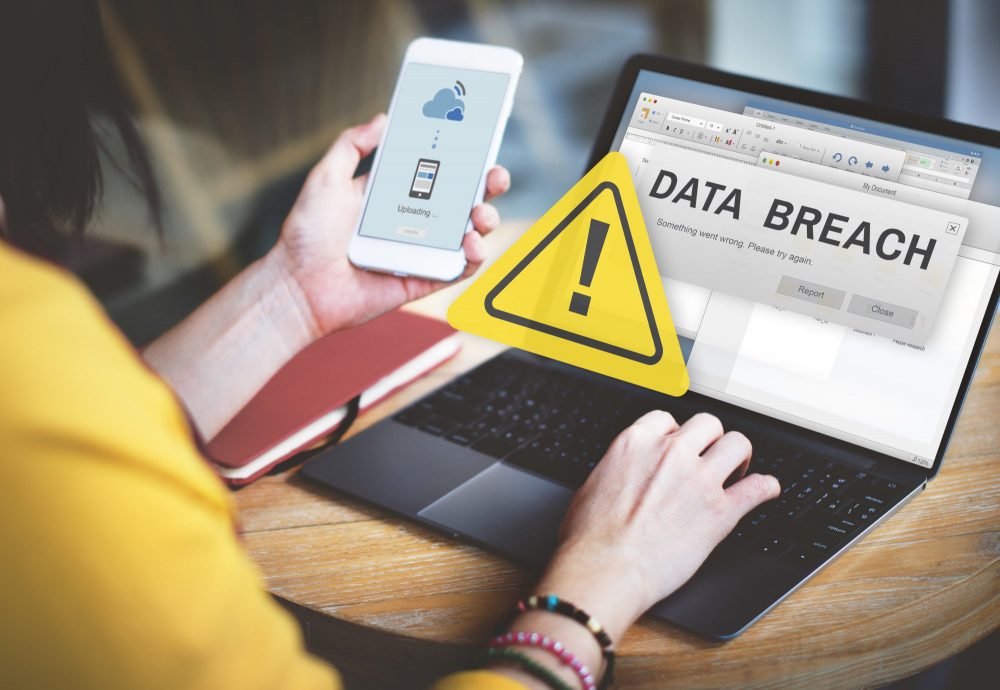With upwards of 30% of consumers having their data hacked, stolen, or left unsecured by companies every year, it’s important to learn about how it happens. Fraud and identity theft allow hackers to get ahold of privileged information and create accounts in the names of their victims. It can take years to recover from identity theft and credit agencies aren’t much help when it comes to clearing your hame.
Here’s everything you need to know about theft and fraud related to identities.
Understanding Identity Theft
Identity theft goes back as far as pre-history when someone might roll into town telling them that the king or the Pharoah sent them. They might even pretend to be royalty. In the days of the old west, an outlaw who has their face plastered all over town might take on the identity of their victims to avoid arrest.
Technology makes identity theft easier than ever. You can take on someone’s identity and reap all of the rewards without ever having to show your face. When business and government computers are hacked, their data can be used to spoof someone else’s identity.
Online tactics like phishing allow people who want to commit fraud to email their victims and trick them into clicking a link or sending information.
Malware gives hackers the chance to get into the machines fo their victims and take over. By downloading software actively or unintentionally, criminals can access computers and even entire networks.
Even for non-hackers, just doing a clever dumpster dive can give people committing fraud the chance to get personal information of victims. Using that info, identities can be stolen.
Differing From Identity Fraud
While the two crimes often refer to the same activity, there is a notable difference. The fraud is what happens when the stolen data is actually used for gain. Stealing data committing fraud with it are two distinct acts.
Understanding the types of crimes can help to differentiate the two acts. There are a few crimes that fall squarely under the umbrella of identity fraud.
Credit card fraud is one common way that hackers will commit fraud with someone else’s information. When someone else gets your credit card information, they can make purchases and send them to a secure location to keep from getting caught. Thankfully, credit card companies have algorithms to look for patterns of activity to help cardholders from being hacked.
Bank fraud is another financial crime that relies on committing identity fraud. When a hacker or scam artist uses someone else’s information to open an account or take funds from their account, this is a massive crime. Sometimes identity fraud entails loan or lease fraud where people get one using that stolen information.
Government benefits fraud is another way that people commit identity fraud. Whether it’s stealing someone’s social security benefits or creating a false identity to get more benefits, this one is hard to do but it still happens.
Protecting Yourself Online
The right behavior online can keep you from having your identity stolen. While it’s hard to use online services and have total control of your data, you can make it harder for thieves to get it.
Start with a Wi-Fi Network name that’s not tied to your address or where you are to keep from being an obvious target. Then make sure you use a strong and unique password. Using your phone number is way too easy and can be found online, so keep unauthorized users off of your network with a better one.
Use unique passwords for all of your online accounts. Using the same password for multiple accounts may be easier for you, but it also makes it easier for you to get hacked. If you have trouble keeping track, putting your various passwords in a notebook written down and secured in your home is more secure than saving them online.
Using Wi-Fi networks in public can be convenient but also dangerous if you’re sending personal or financial information. Logging into free Wi-Fi and making a transaction using your credit card number could get you hacked. Clever hackers can put a listener on the network collecting data and then reverse engineering your card number from that.
Don’t leave your passwords or other privileged information in your email inbox. Email and social media accounts get hacked all the time by identity thieves. Either hackers will get in so that they can get personal information or so that they can try to phish or scam the people who you’re connected to.
Don’t be a victim by changing passwords often.
Protecting Yourself Offline
Your offline information can lead hackers to your online information. If you leave account information in your mailbox or in a public space, you could be targeted.
Make sure the physical mailbox outside of your home is secure. If someone steals your W-2 information, they could get a hold of a lot of data that could lead them to steal your data.
Dumpster diving is another way that people get information. By rolling through a nice neighborhood at night, thieves could get a few utility bills that aren’t shredded.
Fraud and Identity Theft Can Be Catastrophic
If you’re a victim of fraud and identity theft, you might not worry too much about the distinctions. It’s something that can mess up your credit score for years and give you endless headaches. It’s better to just make sure that you can keep your data safe at all times.
If you end up dealing with a wire fraud case, make sure you check out this guide.





